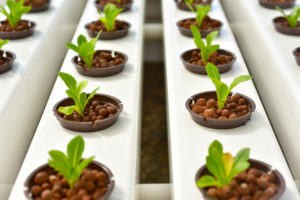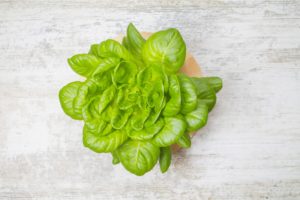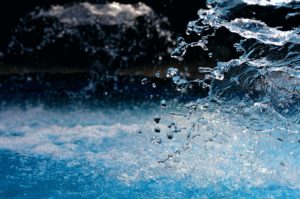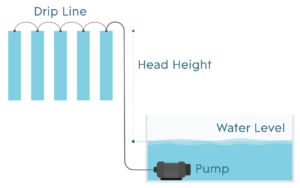Knowing when to do hydroponic water changes is important. Still, it’s just as important to know how to do them. This guide takes you through everything you need to know.
What is hydroponics?
Hydroponics is a subset of hydroculture. Hydroculture is a way of growing plants in water rather than soil. Mineral nutrients are dissolved into water, which provides sustenance to the plants. Hydroponics uses controlled environments and nutrient solution, which allows faster, and greater plant growth.
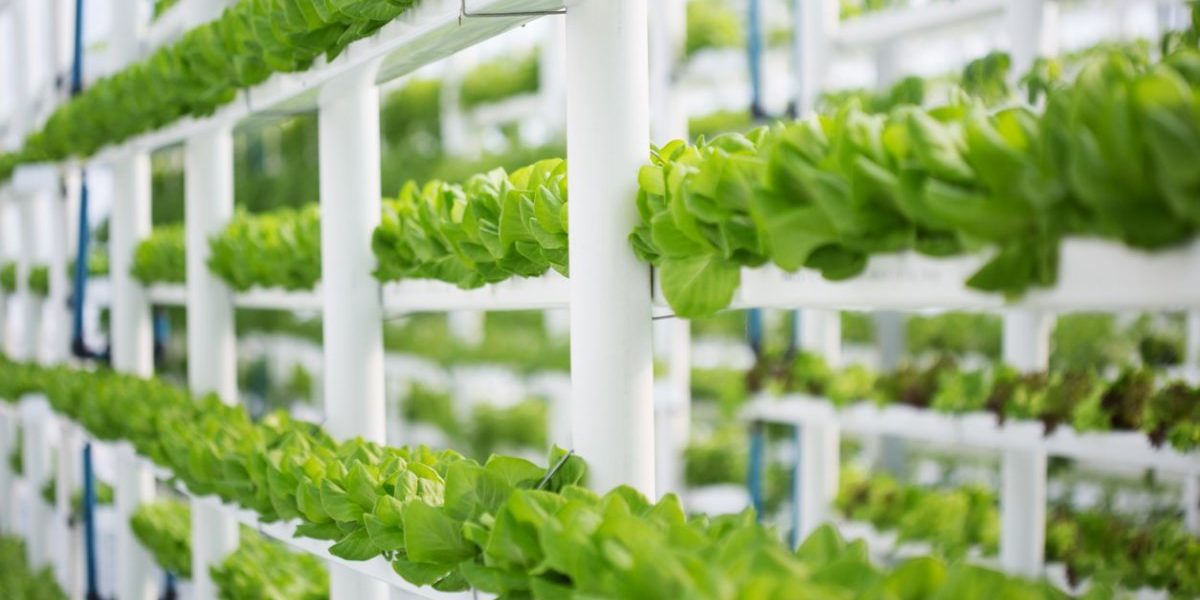
How often to change water in a hydroponic system?
For beginners, hydroponic water changes can seem confusing. Once you learn the basics, it’s really just part of a routine. Proper water changes are essential to keeping healthy hydroponic plants, and a healthy hydroponic garden. Keep your water clean, maintain stable pH and EC, and you’re on the right track.
How often should hydroponic water be changed?
Several factors affect the frequency of water changes. But to simplify it, most hydroponic water needs to be switched out every two weeks to every three weeks. Typically, hydroponic systems need water added everyday too.
The size, type, and ambient environment of your hydroponic system also determine how often you need to change your hydroponic water, or nutrient solution.
Take care, because water changes are more than just throwing a gallon or two in your reservoir every few days.
What causes more or less frequent water changes in hydroponics?
There are plenty of factors that determine whether you need to change hydroponic water more or less frequently. No matter what, you will see some water loss as plants take in nutrients, and water evaporates.
Let’s look at the major reasons you may need to change hydroponic water more often:
Reservoir Size and Style
Larger hydroponic reservoirs don’t lose water as quickly as small hydroponic reservoirs. The smaller the reservoir, the quicker water evaporates. An uncovered hydroponic tank loses water significantly faster. Keep a lid on it to make water changes easier. You’ll find it’s much easier to manage nutrient solution and keep your hydroponic garden in good condition.
Here’s more about hydroponic tanks in this guide.
Plants
Some plants don’t need as much water as others. Water-loving plants will take in more of your nutrient solution, so you need to replace lost water more too. The density of your plants also matters. A hydroponic system with a few plants doesn’t lose water as quickly as one with a dozen plants.
Here’s another thing to think about: plant size. Large plants need about 5x the water small plants do. If you want to grow plants in a hydroponic garden, you need to know how big they get.
One more thing to know: plants get ‘hungrier’ in different life stages. A seedling needs very little, but a vegetative plant drinks like it’s just left the desert.
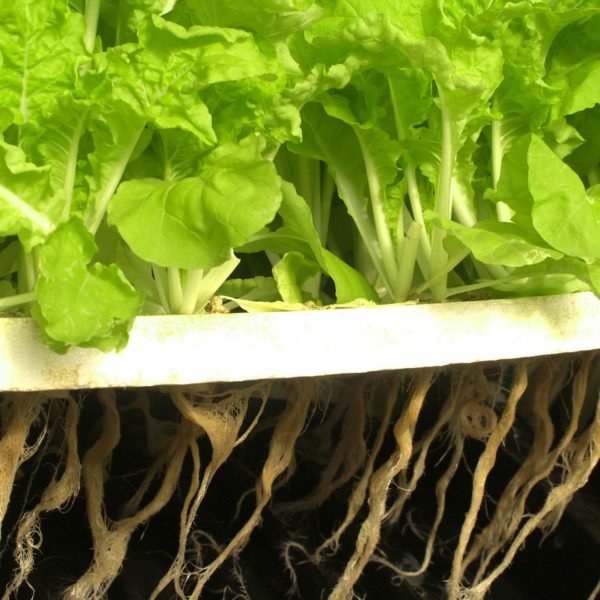
Ambient conditions
It’s no secret that heat and light help water evaporate faster. As a result, the warmer and brighter it is around your tank, the more water you’ll lose. This is a bigger problem when reservoirs are placed close to plants, where light and heat is high.
Despite these factors, you need to keep an eye on your water levels. Over time, you’ll become familiar with your system, and how much water needs to be added.
If you keep your hydroponic reservoir in a cooler place, you won’t lose as much water. Even insulating your reservoir to deflect heat and light will allow more stable water levels.
It helps balance water quality
One of the biggest reasons to change hydroponic water is to maintain consistent quality. Anytime your reservoir loses water, the contents of your nutrient solution also change. Depending on the amount of water you lose, the changes are slight variations, or huge fluctuations.
Huge fluctuations can cause problems for your plants. Chemicals build up in the water and make it difficult for plants to thrive. It’s far better to deal with small water quality issues than large ones. For example, a pH level that goes from 6.5 to 6.7 isn’t going to kill plants. But a pH that shifts from 5.0 to 7.5 between water changes can really hurt your plants.
This is why it’s so important to frequently change and add water to your hydroponic reservoir.
Rather than waiting to do one large water change when things get dire, add water as it evaporates. Not only will it keep your system more stable, but it also prevents stagnation. Stagnant water is practically an invitation for harmful pathogens, fungi, bacteria, and algae. Plus, if you’re not changing water frequently, plants are even more susceptible to disease and infection. All of these can stunt plant growth within your hydroponic garden.
So why should you do frequent water maintenance, rather than one large water change? It maintains pH and EC- which prevents shock and illness in your plants.
EC, or Electrical Conductivity, is a measure of the density of nutrients in your water. You may see it measured one of two ways: either S/m2/mole (siemens per square meter per mole) or mS/cm (millisiemens per centimeter). The most common measurement is mS/cm. Typically, plants need an EC between 1.2 to 2.0 mS/cm, although some plants prefer lower or higher EC.
Keeping EC in check
pH isn’t the only important thing adding water helps manage. EC (nutrient saturation) changes as plants take in water and nutrients. Plants take in more water, and inevitably, some of the minerals from the nutrients are left behind. Between plants and evaporation, water is lost, and nutrients become more concentrated. This creates a nutrient imbalance within your hydroponic solution.
Allowing nutrients to become too concentrated is a big problem for plants. They may not be able to take in water or suffer chemical burns and other illnesses.
You have to test hydroponic water
Your best tools to fight poor water quality are tests. The major things you’ll test for are pH and EC. Ideally, neither should have large fluctuations between larger water changes. Let’s take a closer look at each of these:
EC testing
As we discussed, EC is a measure of electrical conductivity. It helps you see the concentration of nutrients in your hydroponic reservoir. Most non-commercial hydroponic growers will use the mS/cm measurement. The higher the dissolved nutrients in a given water or soil sample, the higher the EC is.
Each plant has a ‘target EC’ and it’s important to maintain that target level. When you test your water, a low EC indicates you need to add more nutrients. A high EC indicates you need to add more fresh water. Depending on the severity of the raised EC, you may have to switch out nutrient solution for fresh water over a period of days to correct your EC.
You need to measure EC each time you add nutrients. Ideally, you should be measuring it more frequently, when you do pH testing. The easiest, and most accurate way to measure EC is with a digital pen. However, this only gives you a reading of the density of nutrients. For some hydroponic gardeners, that works just fine.
However, because a straight EC reading tells you nothing of the nutrient content, infrared sensors for monitoring EC are becoming a preference for experienced hydroponic producers. These sensors can actually determine specific levels of each mineral and hydroponic nutrient within the solution.
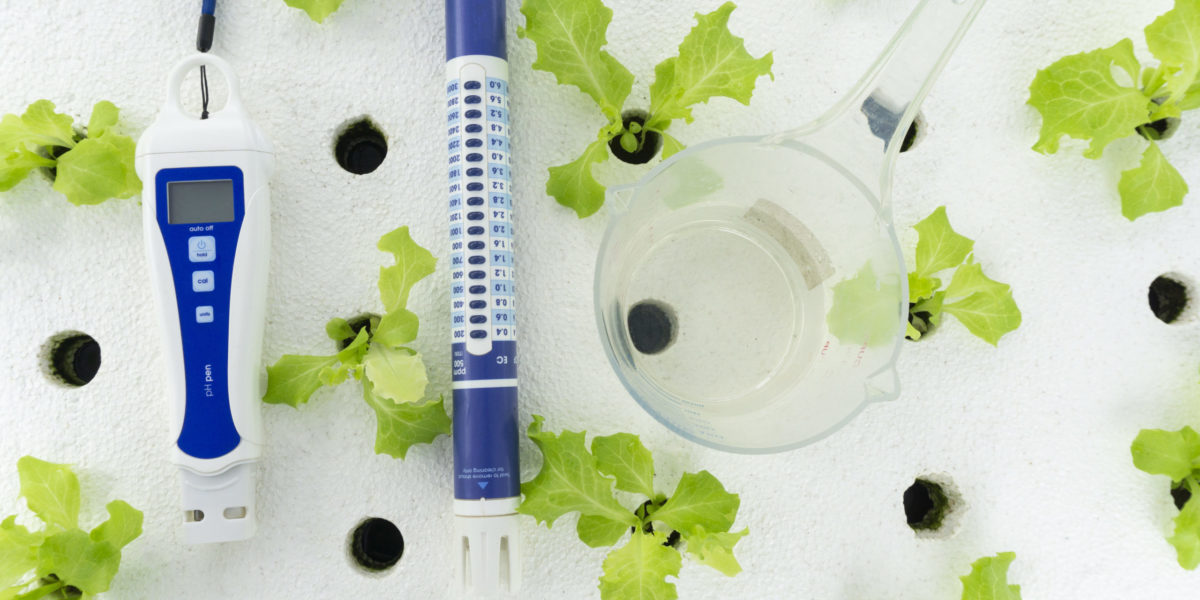
pH testing
Potential Hydrogen, or pH, is an important part of testing your hydroponic nutrient solution. Many plants prefer pH levels between 5.0 to 7.0, although it does vary depending on the plant. pH will change slightly over time, but it shouldn’t change significantly. A pH that’s far outside of a plant’s preferred range can cause lockout. Lockout is when pH levels don’t allow plants to take in nutrients, which can cause illness.
As you start up your hydroponic system, you should check pH a few times a day at least. After that, many hydroponic growers prefer to test at least once daily. However, you should test every other day, or every couple of days, at a minimum.
You can use pH test strips to determine pH levels, although digital pens and sensors are becoming the most popular options. That’s due to both their convenience, and their accuracy.
Digital pens that can test both pH and EC are a great option for keeping hydroponic water quality in check.
We recommend the Bluelab Metcom Combo Meter
How to do hydroponic water changes
So, now that you know why to change hydroponic water, and what to test for, here’s what you need to know about changing hydroponic water.
You need to do two different kinds of hydroponic water changes. There’s the small water changes, often called ‘top offs.’ Then, there’s the larger water changes. For both, you should write them down in a log to keep track of them.
Top offs are much more frequent. Any time you see that your hydroponic tank’s water levels are lowered, you add water to replace it. Basically, you’re ‘topping off’ the water to keep it full. Depending on the size of your reservoir, and how quickly water levels drop, it needs to be done daily or every few days.
Whenever you add water, use a container that allows you to measure the amount you add. Then, write down the amount put into the reservoir.
Larger water changes are less frequent- typically every two or three weeks. It isn’t a set schedule or rule that everyone follows. It really depends on your system. When the water you add through ‘top offs’ equals the full volume of your reservoir, it’s time for a big water change.
For example:
Your reservoir holds 10 gallons. Each time you top off your water, you add ½ gallon.
If you add water daily, it should take 20 days before you do a large water change.
As soon as you’re ready for a large water change, completely empty your reservoir. It’s best practice to also use this time to thoroughly clean your reservoir. After you clean it out, fill it with pure water and the appropriate nutrients. As always, test your pH and EC when you do this.
Hydroponic water changes are less a scheduled practice, and more like an ongoing effort of maintenance. Large water changes are more work, but it gets easier with practice.
There’s no reason to skip regular hydroponic water changes- your plants rely on it!
